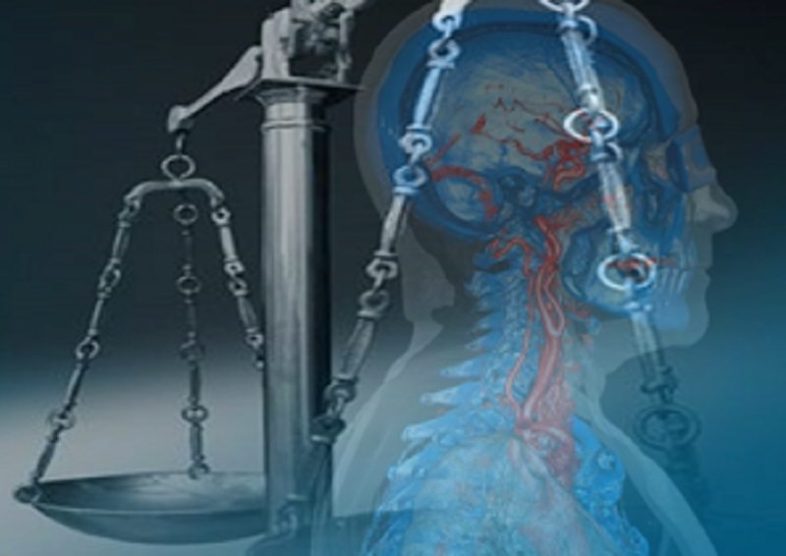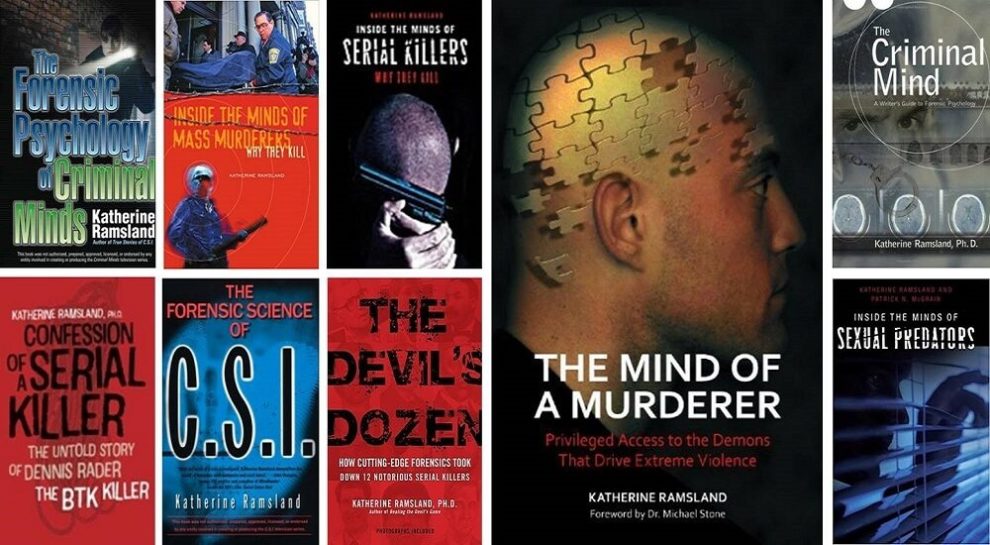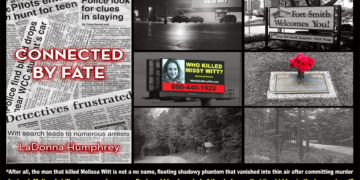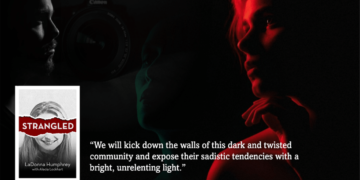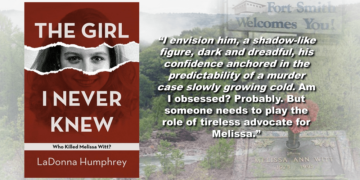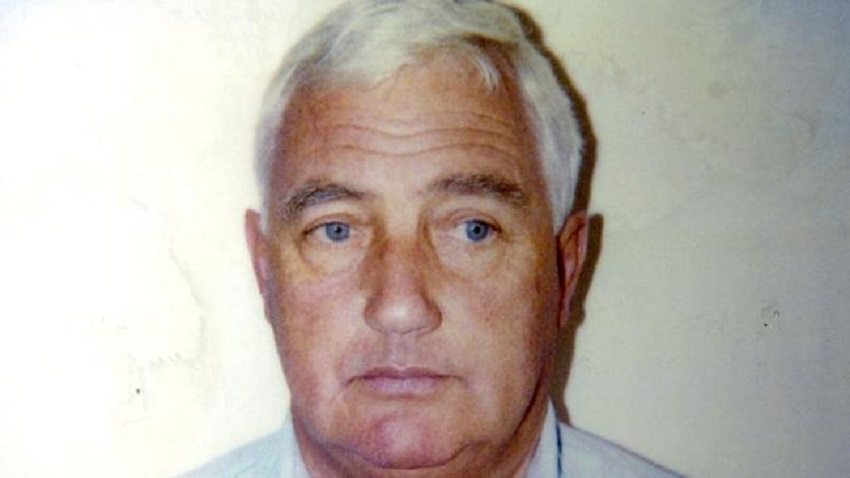An article by Clark Merrefield republished from the Journalist’s Resource, a website examining news topics through a research lens, curating top academic and governmental research and synthesizing the content into clear data points and accessible language. Read the original article.
Steubenville High School in Ohio made national headlines shortly after two of its star football players raped a teenage girl in August 2012. Earlier that year, 14-year-old Daisy Coleman was allegedly sexually assaulted by a boy from her high school in a small Missouri town. And later in 2012, 15-year old Saratoga High School student Audrie Pott died from suicide days after three young men sexually assaulted her.
Social media and cell phone video — relatively new technologies in the early 2010s — were central to those cases and played a starring role in the national media coverage.
Bard College visiting lecturer Anna Gjika, a sociologist who studies gender and sexuality, provides new insight about that national media coverage in her paper, “New Media, Old Paradigms: News Representations of Technology in Adolescent Sexual Assault,” published September 2019 in the journal Crime, Media, Culture.
Gjika identified three broad themes:
Technology was a model witness.
“It’s actually the technology that’s testifying, that’s providing the voice for the victims,” Gjika says.
Technology was used as evidence.
“Technology becomes a corroborator for the victims’ accusations,” Gjika says. “It also gives police and the press and the public a look into the minds of these alleged offenders.”
Technology was portrayed as a threat.
“The press tend to focus on risk in their coverage, and on the perils of technology,” Gjika says. “These good things — like the idea that you’re gathering evidence, witnessing — become harmful.”
What Gjika found lacking in much of the news coverage were discussions about why and how the sexual violence had occurred or allegedly occurred in the first place.
“Even when there’s coverage of unusual aspects of a crime, it needs to come back to the actual story and explain why that violence happened to begin with,” Gjika says. “We have to always come back to the original act.”
We called Gjika to talk in depth about her new paper. The conversation that follows has been lightly edited for length and clarity.
Journalist’s Resource: Talk about the three cases you analyzed. What were the similarities among them and why did you pick them?

Gjika: I started out paying attention to the Steubenville rape case, and it just exploded. It was everywhere in the news. What happened was a young woman, a girl, was sexually assaulted multiple times by at least two of her known male friends while she was heavily intoxicated at a party. This is in many ways what we consider a typical sexual assault. There are people who know each other, there’s alcohol involved. So I was surprised at how much media coverage it was attracting. Typically, what the press focuses on when it comes to sexual violence is what is unusual, what is extremely violent, what involves strangers. Various racial identities are always going to attract more media. As a larger project covering cases, I also interviewed journalists. What I heard from them constantly was that if it wasn’t for social media, a case like Steubenville would just be he-said-she-said. And those [scenarios] really do not get a lot of attention because there are too many. That reasoning heightened my interest in the case.
In the same year as Steubenville, the Daisy Coleman and Audrie Pott incidents also occurred. These involved very similar settings. It’s a group of young men, there’s alcohol involved. The alleged victims are heavily intoxicated and allegations of sexual assault by multiple men occur. I’m not the only one who notices this pattern. What happens is the media also notices the similarity. They start in their coverage reporting the three stories together, more or less. So every story after Steubenville that involves Daisy Coleman or Audrie Pott actually references either Steubenville and-or one of the other cases. They’re presented as instances of the same theme.
JR: What was it about the similarities among these cases that led journalists to frame them that way, to lump them together?
Gjika: I think they saw it as cases that captured things that parents worry about for their kids. Things like underage drinking and partying. But then also, social media — what does it mean to have a cell phone in every pocket? It was this very timely, topical issue that was being exposed. There have been a number of cases that have centered around sexting or cyber bullying, so those issues are also looped in and part of these incidents. That made them that much more newsworthy. There’s public concern.
JR: Let’s go over the data itself a little bit. What news outlets did you look at and how many stories?
Gjika: I followed these stories from the moment they hit national headlines to the time when they became local stories again and went out of the national spotlight. That’s about a 13-month period. So what does the national press say about these stories, and what enters our national consciousness? I wanted to look at the most widely read online and print sources. Those being Yahoo! News, Huffington Post and CNN, and then in terms of more traditional print newspapers, The New York Times and the Los Angeles Times. I ended up with a sample of 146 articles. Two-thirds of those are about Steubenville because Steubenville received so much attention and was the first one of its kind. They’re all either direct news stories or opinion pieces.
JR: You identified three themes in the coverage. The first theme you call “technology as a model witness.” What does that mean?
Gjika: The idea was: how is technology presented in the coverage? What was new or novel about it was this role that social media was playing. From the beginning, The New York Times was the first source to do this. They described it as sort of “the case that unfolded on the internet.” Via Twitter and via text messages. Technology witnessed the crime, it documents evidence of the crime. And it’s through these technologies that both the victim and the community and the police find out about the incident. In all three cases, the young victims did not remember what had happened. A little bit later, when the cases go to trial or people are talking to the press or talking to the police, it’s actually the technology that’s testifying, that’s providing the voice for the victims. Jane Doe, for example, in Steubenville didn’t know what had happened. But she had Twitter messages and text messages and images from her friend’s phone that she turned over to the police and said essentially, “Here is a digital trail. This is what’s going to speak for me.” In some ways, the technology has this authority because it’s right there in black and white. There are images. There are videos. It gets to the truth of the matter in a way that a victim’s word would not.

JR: The next theme you found was technology as evidence.
Gjika: Technology as a model witness bleeds into this theme. There were so many stories that referenced the volume of data that police were able to extract. They looked at say 10 phones or 13 phones and something like 400,000 text messages, 9,000 hours of video, whatever the case was. It’s this volume of information that technology makes available to the police. Technology becomes a corroborator for the victims’ accusations. It also gives police and the press and the public a look into the minds of these alleged offenders. We have their own words now via text messages or YouTube videos or cell phone videos. We get to see how callous they are. They’re laughing at the victim. They don’t care. Some of them know that they’re assaulting so they know they’re committing criminal behavior. Again, this theme of technology as evidence and as witness overlap.
JR: And then there’s the theme of technology as a threat.
Gjika: Yeah. In providing so much evidence, it starts raising questions around, “Wow, how much data can they capture about us? Is there such a thing as privacy?” At the same time, once all of this data becomes available in the press and it goes national, people also get on social media and start sort of attacking these towns and communities. The press tend to focus on risk in their coverage, and on the perils of technology. All these good things — like the idea that you’re gathering evidence, witnessing — become harmful.
There are two major threats from technology in this theme. One is that it threatens small town life because it’s exposing what is happening in these communities, whether amongst their athletes or amongst their kids or in their homes, essentially. And then the larger threat comes from the hackers, the vigilantes, the public advocates. So the reputations of these communities are in danger. The investigations potentially get compromised because so many people are contacting police departments, so many people are making accusations. Vigilantes are uncovering data that could potentially be misleading or incorrect. And then there’s a threat to the offenders — due process is compromised because we know so much about them and what they were up to. I talk about this a little bit in the article. The threat to offenders and due process are very legitimate concerns. But there is so much space devoted to that in every article compared to how little space is given to what the digital trail means for survivors.
JR: What can reporters learn from the focus on technology in the coverage of these cases?
Gjika: I get why technology and new media platforms are what would become the focus. But these incidents don’t happen just because technology evolved or was available to these kids. The underlying issue is that a sex crime has occurred. And because there’s so much focus on technology, in many ways, the national outlets anyway, miss the fact that a sex crime occurred that they need to talk about. When I say they need to talk about it, it’s not just so-and-so raped Jane Doe. It’s more about why would that assault happen? What is going on in our culture? You need to talk about things like rape culture, about masculinity, about unequal gender relations. All of those themes are available in the actual text messages, in the words and the videos. The material is there and it’s worth being discussed.
Because we’re not talking about the sexual violence, we’re not talking about the victims. The focus is on the perpetrators and the risks that technology poses. The victims, really, having this information go public, having the entire nation know about what happened to you, is really traumatizing for a lot of survivors. There were a few articles on CNN that did a very good job discussing sexual assault statistics and the systemic causes that enable sexual violence and what happens to survivors. But outside of those three or four stories, there really wasn’t much. I was shocked. Especially in the op-eds that followed, there wasn’t an engagement with the themes of what really caused this, and how do we address sexual violence before we address the technology.
JR: To put a fine point on it, why is it important for journalists to explain those systemic issues you’re talking about?
Gjika: At a very high level, the media have a responsibility to communicate to the public why certain events happen. The press help us make sense of the world. I would think that perhaps most people know why rape happens. But this is my research and this is what research has shown for the past 30 years — they don’t [know]. There is a lot of victim blaming. Even in these incidents, there was a lot of, “Well, we don’t know. She could have consented before she was drunk. Why did she drink? Why did she pass out? She should have known better.” There’s a lot of focus on the victim, on the young girls, and what they should have done. Well, why aren’t we talking about consent? Why aren’t we talking about positive sexual norms? When you look at the narratives, research repeatedly shows that people are actually quite — even if they know why rape happens, it’s sort of a “shrug, this has happened.” I think our role as public educators, whether as academics or journalists, is to challenge that consistently and say, “Is it OK that this is happening?”
JR: You’re looking at media coverage from six or seven years ago. Anecdotally, do you see the media coverage themes and issues you raise in this paper still happening?
Gjika: This is a national trend I’m pointing to. Local papers do a much better job contextualizing. The Plain Dealer covering the Steubenville case did an excellent job talking about all these issues. And blogs usually do a much better job because they do focus on the larger structural factors at work. But the news cycle demands viewers’ attention and, by nature, it demands that you focus on the most sensational aspects. For stories like these, these types of incidents, they haven’t gone away. But I don’t see as much reporting around it. So it’s hard to say whether the coverage has improved. I would venture that the coverage from blogs and the mainstreaming of blogs has probably exerted some pressure on more traditional coverage. Also, the fact that readers can now tweet back at news sources means there’s a shorter feedback loop.
But look at the #MeToo coverage, for example. Think about which stories were highlighted. It’s really high-profile people. It’s stories that are quite lurid in their details. It’s not the mundane stories that get attention. So I think that propensity is quite deeply embedded in journalism to go for the novel, to go for the dramatic. Because that’s what’s going to attract viewers. My research comes on the heels of 30 years of research on this topic and this theme is seen consistently.
Reporting on sexual violence needs to bring out realistic accounts of rape. Even when there’s coverage of unusual aspects of a crime, it needs to come back to the actual story and explain why that violence happened to begin with. We have to always come back to the original act.
There are numerous legal and other support services for victims and survivors of sexual violence, including SurvJustice, the National Sexual Violence Resource Center and the Rape, Abuse & Incest National Network.
‘3 themes from national news coverage of 3 sexual assaults: Q and A with Anna Gjika’ by Clark Merrefield , Journalist’s Resource. Gratefully republished under CC BY-ND 4.0.
- Gjika, Anna. “New Media, Old Paradigms: News Representations of Technology in Adolescent Sexual Assault,” Crime, Media, Culture: An International Journal, September 2019, doi:10.1177/1741659019873758.
Merrefield. C (2019, Sept 30) 3 Themes From National News Coverage of 3 Sexual Assaults. Crime Traveller. Retrieved from https://www.crimetraveller.org/2019/09/three-themes-national-news-coverage-sexual-assaults/











